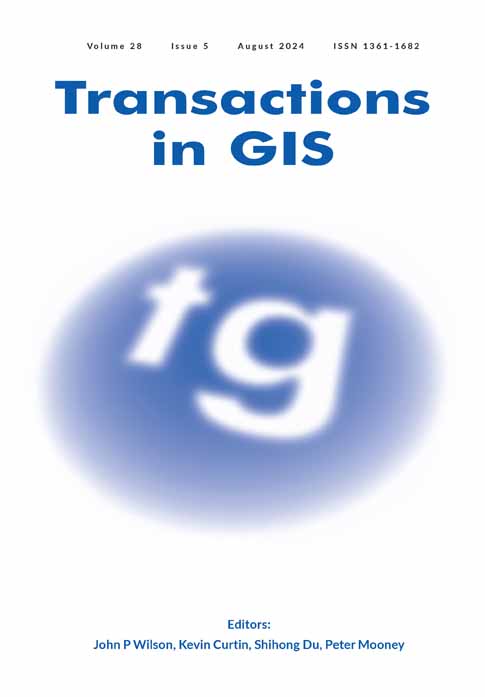Possibility and quality assessment in seafloor modeling relative to the sea surface using hybrid data
Abstract
The development of reliable seafloor topography models is a complex, multi-track process, which is due to the diversity of available sets of data, their resolution, acquisition methods, complex seafloor forms, and the multitude of interpolation techniques. This article is aimed at assessing the suitability of different algorithms for seafloor modelling based on hybrid datasets (multi-beam soundings and raster GEBCO models). The study involves the selection of optimum solutions as well as a comparative analysis of sea level change trends based on altimetric data. The study area relates to four forms of seafloor topography, namely the oceanic trench, the submarine canyon, the seamount region, and the undulating areas. The most reliable models were built by interpolating by the Kriging methods at a 0.01-degree grid spacing. The smallest residues and the greatest correlation are found between models generated from all available sounding datasets. Raster GEBCO models can be an alternative in the additional model densification. The results show the following relationships: the greater the variation in the topography, the greater the divergence in the values of the sea level change trends. As for seamounts, hills, and folds, when the terrain rises rapidly, the trend values also increase and then decrease during the decline. Seafloor structure mapping enables the search for relationships between the seafloor topography and the changes occurring at the water surface.
CONFLICT OF INTEREST STATEMENT
The authors declare no conflict of interest.
Open Research
DATA AVAILABILITY STATEMENT
Research data are not shared.




